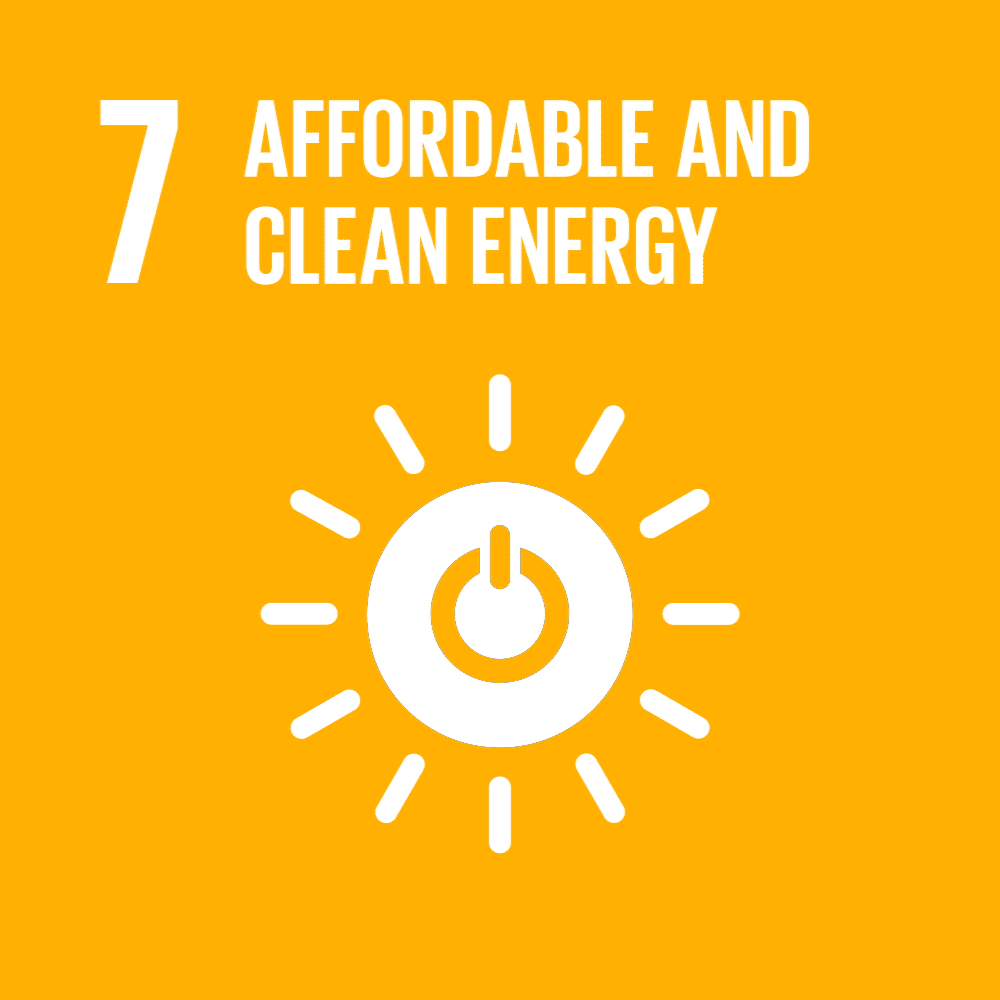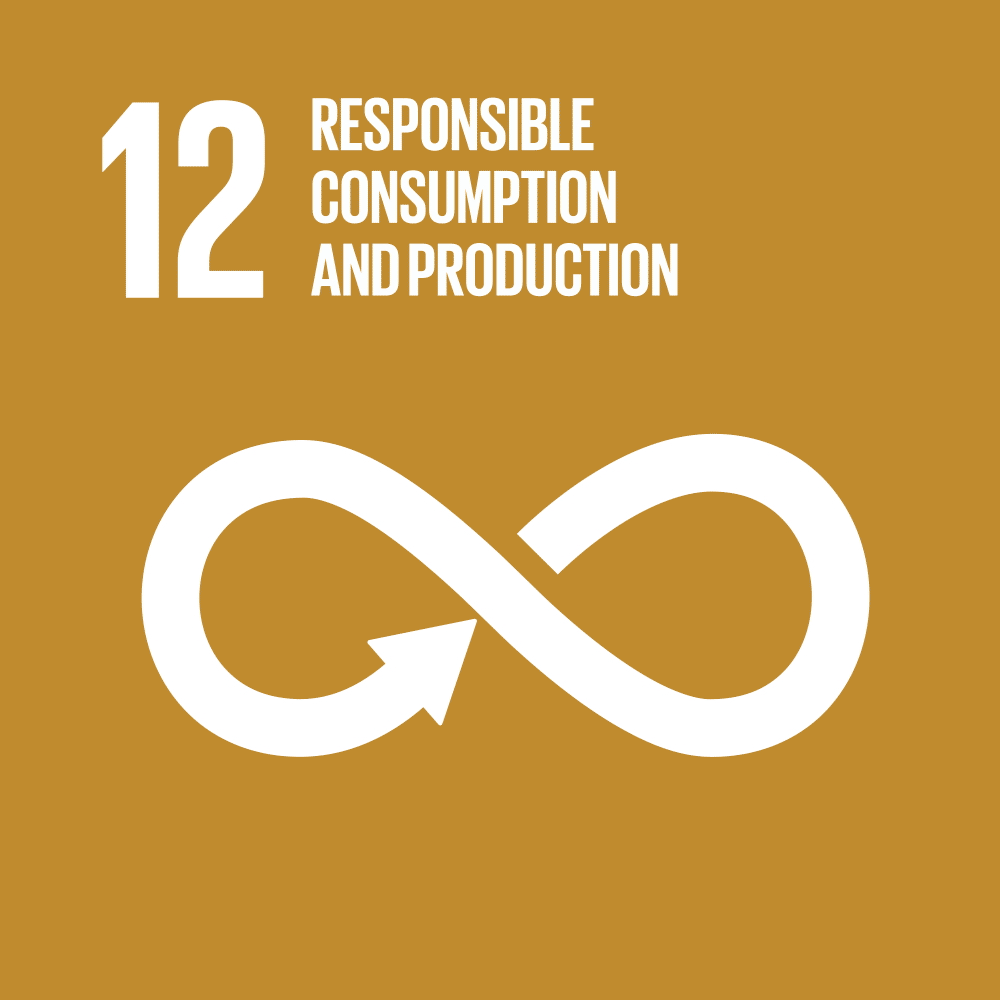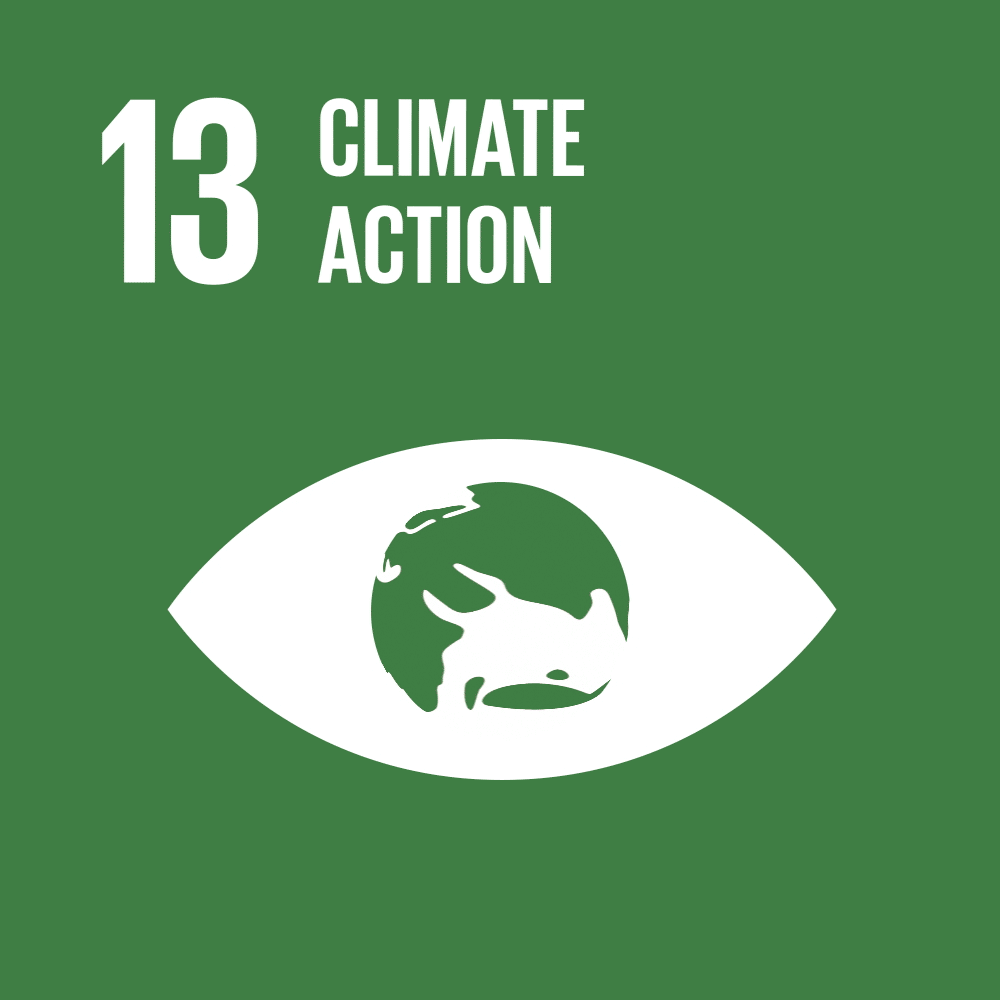Heliotrope: the sustainable house that generates more energy than it consumes
- Javier Trespalacios
- Jul 5, 2020
- 5 min read
Updated: Mar 25
In the heart of Germany’s Black Forest lies Freiburg, a city of 220,000 inhabitants that, in 2008, was analyzed by The Guardian (Purvis, 2008), which questioned whether it could be considered the greenest city in the world, highlighting its leadership in the transition to renewable energy [1]. This commitment is reflected in the presence of key institutions, such as the International Solar Energy Society (ISES) [2], as well as in urban initiatives for the construction of sustainable housing, eco-neighborhoods, and car-free zones. This environmental approach has earned it the title of "Green City". Among its architectural gems stands the Heliotrope, a creation by architect Rolf Disch, considered the world’s first positive-energy house, capable of generating more energy than it consumes.
Solar tower at the central station [3], Green City Vauban Hotel [4] - Freiburg, Germany (photos by Javier Trespalacios)
Rolf Disch: the solar architect
One of Freiburg's most notable citizens is Rolf Disch [5], an architect born in 1944 and founder of Rolf Disch Solar Architecture in 1969. Recognized as the "Solar Architect" [6] for his innovative approach to designing sustainable buildings, Disch reached a milestone in 1994 with the construction of the Heliotrop (PlusEnergy s.f.). This project earned him numerous awards, including the German Architecture Prize in 1995 and the European Solar Prize in 2002 (Wohnungswirtschaft heute 2010).
In addition to the Heliotrop, Disch has developed other landmark projects. In 1993, he transformed the Sport-Club Freiburg stadium into the first football stadium in Germany powered by solar energy. Another of his notable projects is the Solar Neighborhood in Schlierberg, a complex of 59 buildings constructed with wood and sustainable materials, as well as the Sonnenschiff (Solar Ship), an iconic building located in the Vauban area. All these projects apply the PlusEnergy concept, which aims for buildings to generate more energy than they consume.
Solar district in Schlierberg, Solar Ship (Sonnenschiff) – Freiburg, Germany (photos by Javier Trespalacios)
PlusEnergy concept: beyond energy efficiency
The concept developed by Rolf Disch is a construction model that combines efficient design techniques, such as passive solar energy [7] through large windows oriented towards the sun, triple glazing to retain heat, thermal insulation [8], radiant floors, and a strategic location, with microgeneration systems [9] based on renewable technologies. Additionally, natural, local, and non-toxic materials are used, further contributing to reducing its ecological footprint. These buildings not only have a reduced environmental impact but also generate energy surplus that can be turned into a sustainable source of income (Rolf Disch SolarArchitektur, n.d.).
The PlusEnergy approach extends beyond individual homes to entire communities. It promotes integrating sustainable transport systems, efficient water and waste management, and regional energy independence. For Disch, these communities not only attract tenants seeking high-quality living standards but also foster a sense of identity and collective pride (Gsenergy 2017). Moreover, they become hubs of innovation, attracting companies committed to sustainability and creative workspaces that amplify their social and environmental impact.
Heliotrope: a house in harmony with the sun
The Heliotrope is a rotating cylindrical house whose name comes from the biological phenomenon of heliotropism, characteristic of Arctic plants that follow the movement of the sun (Rolf Disch, n.d.).
Heliotrope, private residence of Rolf Disch and his wife; front glass façade with thermal collectors, insulation at the rear, and the main entrance of the house; general view of the photovoltaic system on the upper part (photos by Javier Trespalacios)
The structure rotates following the sun. Its innovative design combines a wooden framework with a triple-glazed glass façade, optimizing light and heat capture in winter, while its orientation in summer prevents overheating. Additionally, insulating materials are used in the areas opposite the sun. On the roof, 54 m² of photovoltaic solar panels [10] have been installed with a dual-axis solar tracking system, increasing energy production by 30-40%. This home generates its own electricity and sells the surplus by injecting it into the power grid.
The Heliotrope also uses vacuum tube solar collectors, integrated into the balconies as railings, for water heating and space heating. Furthermore, it features a radiant floor [11] heating system powered by a geothermal heat exchanger and a biomass boiler that runs on locally sourced wood. Its gray water management system reuses water from the washing machine and collects rainwater.
It is Rolf Disch's private home, spread across four levels connected by a spiral staircase located on the rotation axis. This symbol of sustainability is one of Freiburg's tourist attractions (Freiburg Wirtschaft Touristik und Messe GmbH + Co. KG s.f.). Currently, there are two replicas: one in Hilpoltstein and another in Offenburg, where it serves as a visitor center for the company Hansgrohe. One of the future projects for the Heliotrope is the construction of a hotel on Feldberg Mountain in Germany's Black Forest (Maneval 2017).
Connection to the sustainable development goals (SDGs)
The Heliotrope and the PlusEnergy concept align with several Sustainable Development Goals (SDGs):
SDG 7: Affordable and Clean Energy: Generates more energy than it consumes, promoting renewable energy sources.
SDG 11: Sustainable Cities and Communities: A model of ecological urban planning with clean energy and thermal efficiency.
SDG 12: Responsible Consumption and Production: Use of local, natural, and toxin-free materials.
SDG 13: Climate Action: Reduction of CO2 emissions through energy efficiency and renewable energies.
SDG 7, SDG 11, SDG 12, SDG 13
*****
[1] Energy Transition: This refers to the organized shift towards a sustainable energy system, as described by scientist Vaclav Smil.
[2] ISES (International Solar Energy Society): An organization that promotes education on the use and implementation of renewable energies worldwide, particularly solar energy. It was founded in 1954 in Phoenix, Arizona (USA). https://www.ises.org/home
[3] Solar Tower at the Central Station: This building features 240 solar modules on its facade, making it a power generator. The tower was awarded the Baden-Württemberg Photovoltaic Architecture Prize.
[4] Green City Hotel: A hotel built according to efficient construction standards. Half of its employees are individuals with mental or physical disabilities.
[5] Rolf Disch: An architect who graduated in 1967 from the University of Applied Sciences in Konstanz.
[6] Rolf Disch Solar Architecture: http://www.rolfdisch.de/en/architects-office/
[7] Passive Solar Energy: The collection and distribution of solar energy through natural means, providing buildings with heat, lighting, mechanical energy, and electricity in an environmentally friendly way.
[8] Thermal Insulation: Materials and construction techniques applied to buildings to separate a climate-controlled space from the exterior or other spaces, preventing heat transfer between them.
[9] Microgeneration: The small-scale production of thermal or electrical energy.
[10] Monocrystalline Silicon: The main component of photovoltaic panels. It is more efficient than amorphous and polycrystalline silicon types.
[11] Radiant Heating: A heating system that can be installed in the floor, walls, or ceiling to emit heat.
Bibliography
City of Freiburg. 2020. Freiburg Green City. City of Freiburg. May 5. Last accessed: May 31, 2020. https://www.freiburg.de/pb/,Lde/372840.html
Freiburg Wirtschaft Touristik und Messe GmbH + Co. KG. Heliotrop. Last accessed: March 2019. https://visit.freiburg.de/es/atracciones/heliotropo
Gsenergy. 2017. PlusEnergy. https://www.gsenergy.eu/. December 5. Last accessed: February 20, 2020. https://www.gsenergy.eu/plusenergy/
lifePR. 2009. Utopia-Awards: Die Preisträger stehen fest! November 26. Last accessed: February 10, 2020. https://www.lifepr.de/pressemitteilung/utopia-ag/Utopia-Awards-Die-Preistraeger-stehen-fest/boxid/134361
Maneval, Virginie. 2017. Architecture Rolf Disch (1944) Maison Passive Solaire Cylindrique Heliotrop Tournant (1994). March 1. Last accessed: February 21, 2020. http://www.bubblemania.fr/bulles-architecture-rolf-disch-maison-heliotrope-solaire-tournante-1994/
PlusEnergy. The Solar Pioneer Rolf Disch and PlusEnergy. Last accessed: February 19, 2020. http://www.plusenergiehaus.de/files/pdf/pressrelease.pdf
Purvis, Andrew. 2008. Is this the greenest city in the world? The Guardian.
Rolf Disch. Architects Office. Last accessed: May 21, 2020. http://www.rolfdisch.de/en/architects-office/
Rolf Disch SolarArchitektur. The goal is PlusEnergy. Last accessed: February 15, 2020. http://plusenergiehaus.de/index.php?p=home&pid=8&L=1&host=1#a490
Rolf Disch SolarArchitektur. The rotatable solar house HELIOTROP®. Technical data sheet, Freiburg: Rolf Disch SolarArchitektur, 8. Last accessed: June 20, 2019. http://hosting.more-elements.com/MoccaMS/projects/plusenergie/files/pdf/RotatableSolarHouse.pdf
Wohnungswirtschaft heute. 2010. Utopia Award 2009: Solararchitekt Rolf Disch wurde ausgezeichnet. February 2. Last accessed: February 20, 2020. https://wohnungswirtschaft-heute.de/utopia-award-2009-solararchitekt-rolf-disch-wurde-ausgezeichnet/




















Comments